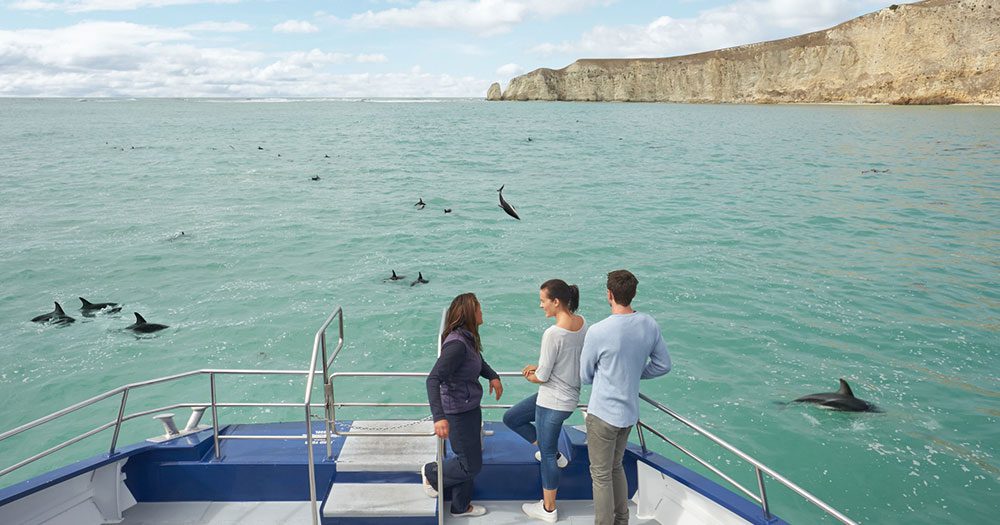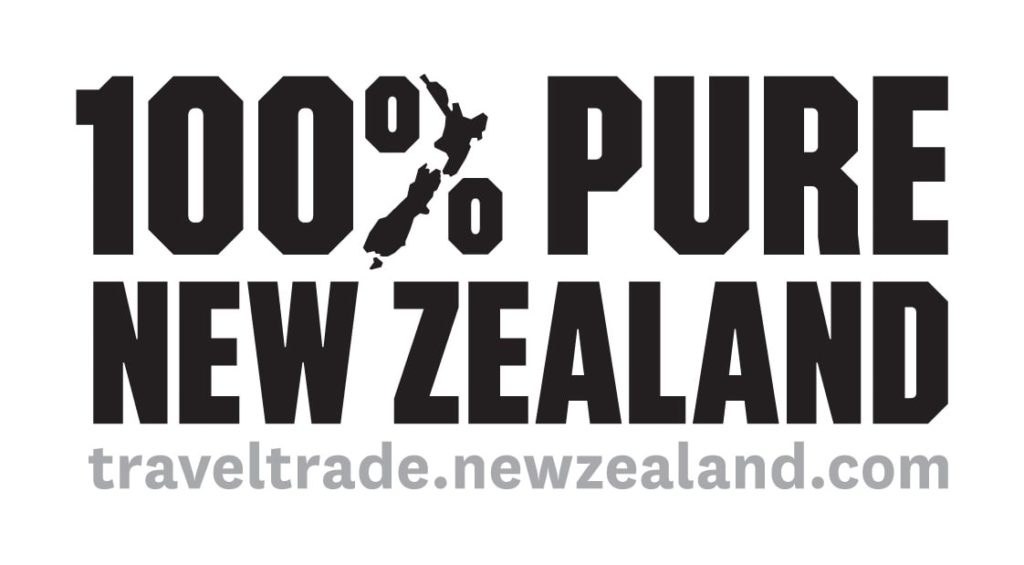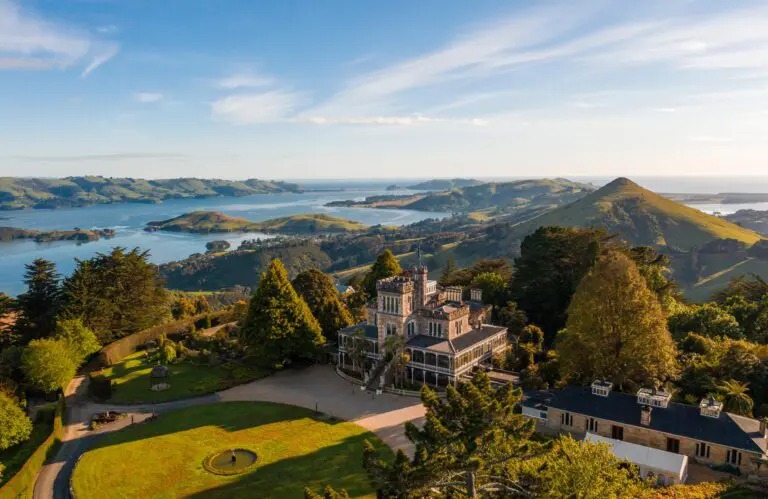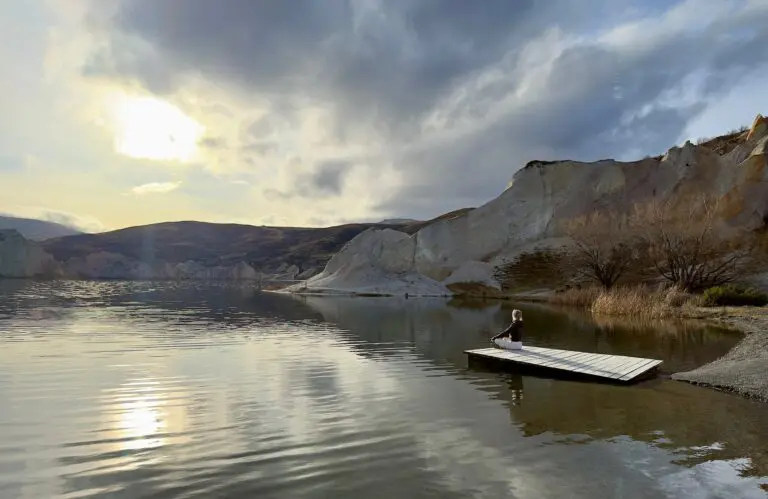As your hobby of collecting global passport stamps is on hold right, and your bucket-list ticks are stagnant, how about setting a new travel goal ripe for the Trans-Tasman bubble opening by going wildlife spotting in New Zealand?
Kiwi Birds ✓
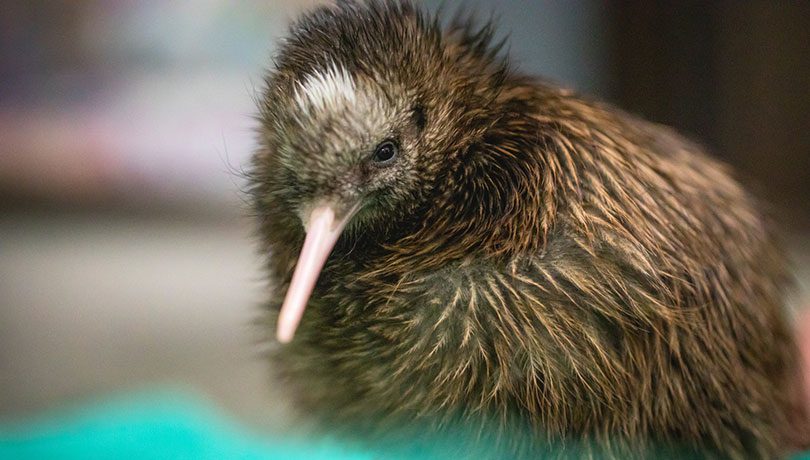
If there was ever a New Zealand native to want to see (aside from Lorde wandering Devonport), it’s the kiwi bird. This is not just because it’s as iconic to New Zealand as the kangaroo is to Australia. Nor that it’s cute and fluffy. It’s because it’s elusive, nocturnal, and painfully shy. Spying a wild kiwi bird is akin to being this Japanese tourist who got Machu Picchu to himself: It only happens for the luckiest of travellers.
So how to see one, then? For the ultimate Kiwi experience, the Real Journeys Kiwi Encounter on Stewart Island is it. An expert guide leads a jaunt to Ocean Beach to await the southern brown kiwi’s nocturnal wanderings.
The Kapiti Island Nature Reserve near Wellington is the country’s most important site for bird recovery. Here, the little spotted kiwi thrives. You can only visit Kapiti Island on tour, but that’s perfect as it gives you the best chance of finding New Zealand’s ‘honorary mammal’.
To truly get amongst it, shadow a ranger for the day at the Pūkaha National Wildlife Centre. It’s a hands-on, bucket-list-worthy conservation experience.
If you’d prefer more kiwi-spotting certainty, a dusk/night visit to Zealandia in Wellington or Sanctuary Mountain Maungatautari near Cambridge will help you tick that box. Plus, you’ll be giving back as your entry fees maintain these sanctuaries.
Albatross ✓
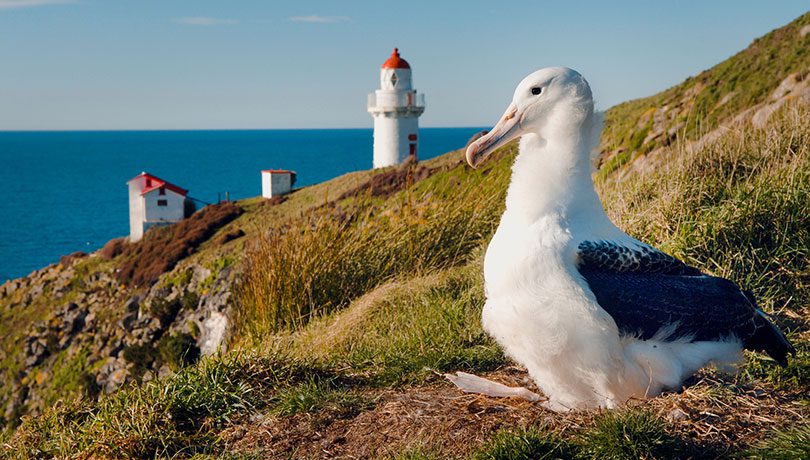
Does it get more bucket-list-y than this? New Zealand has the world’s only mainland breeding albatross colony for the Northern Royal Albatross. Located at Taiaroa Head, near Dunedin, witness these majestic seabirds soar up to 120 km per hour while flapping their awe-inspiring 3-metre wings. If you like to “aww” on your wildlife experiences, time your visit between January to late February when the chicks hatch.
Penguins ✓

Did you know that New Zealand has more penguin species than anywhere else in the world? And more places and ways to see them – including Wellington’s city harbour?
For reals, though, the South Island is the optimal location to see our fave tuxedoed, feathered friends – it’s (almost) guaranteed! Feel like a penguin sleuth as you navigate the spy-like set-up of covered trenches and designated viewing holes at the Penguin Place. It affords an up-close-and-personal visit with the endangered yellow-eyed penguin.
You can also visit the Oamaru Blue Penguin Colony, three hours south of Christchurch, for the little blue penguins’ nightly waddle from the sea to their nests.
Whales ✓
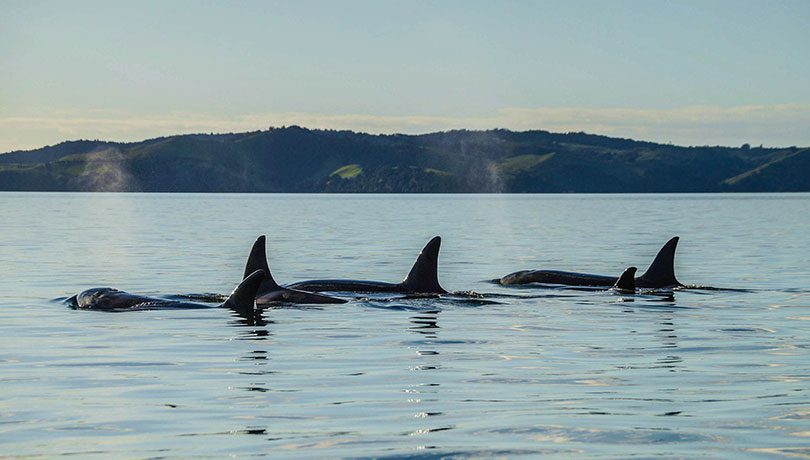
Nature is a fickle beast, and wildlife spotting can be tough, especially when you want a conservative-led experience that puts the animals first. The good news is that Kaikōura is one of the world’s easiest places to spy New Zealand’s resident sperm whales, and you’ve got two ethical options to do so. Take a boat trip with Whale Watch Kaikōura or soar overhead to witness these majestic mammals with Wings Over Whales Kaikōura.
If you’re visiting Kaikōura in winter, you can double your whale-spotting opportunities when humpbacks migrate along the Kiwi coast. December to March gives you a thrilling glance at orcas, too, if you’re lucky. Dolphins and seals also ply these chilly waters year-round.
Whales can also be seen in the Hauraki Gulf Marine Park waters. As Auckland Whale and Dolphin Safari depart from the central Viaduct, this makes this one of those rare travel moments where you get to combine an urban stay with a wildlife experience.
Dolphins ✓
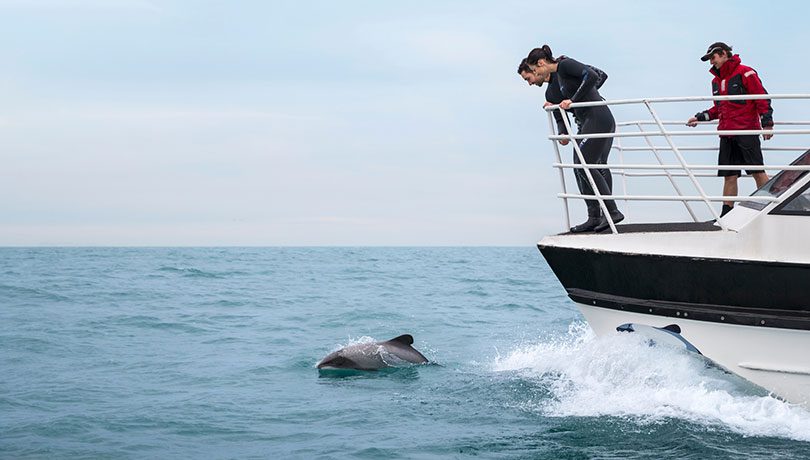
For dolphin-dedicated action, head to Akaroa on Banks Peninsula to swim with the tiny Hector’s dolphin. Native to this peninsula, this is your chance to tick ‘swum with the world’s rarest and smallest oceanic dolphin’ off your list!
Other year-round dolphin viewing hot spots include the Bay of Islands and Marlborough Sounds. Be on the look-out for the playful bottlenose, common, and dusky dolphins.
And, er… Cats ✓
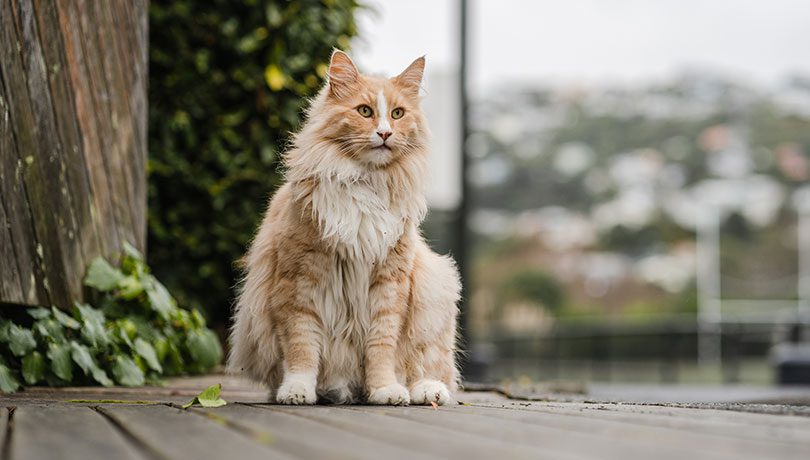
Okay, we know cats are not exotic, extinct, nor native to NZ, but what if it’s a famous one with his own Facebook group and 67,000 fans? Mittens is Wellington’s most famous feline, gaining notoriety as he wanders the capital’s cafes, offices, and busy streets. In 2020, Mittens was also given the key to Wellington city and had an exhibition at Wellington Museum. Tag us @karryontravelling when you find Mittens and snap a selfie!
Mittens is not the only famous Wellington cat. Mrs Chippy travelled aboard Earnest Shackleton’s Endurance with his owner, Harry McNeish. You can pay your respects at Mrs Chippy’s bronze statue atop McNeish’s grave at Karori Cemetery.
Piqued your interest in a wild-about-it wildlife trip to New Zealand? Discover more about Aotearoa’s unique wildlife encounters and download this brilliant map to find the country’s prolific wildlife.
This story was brought to you by:

